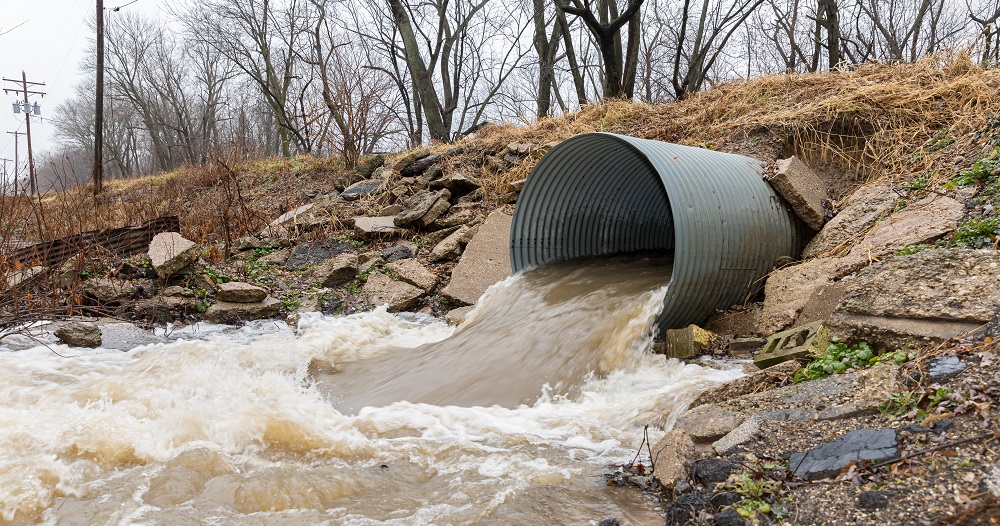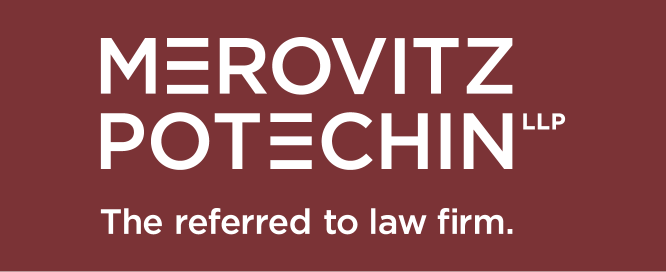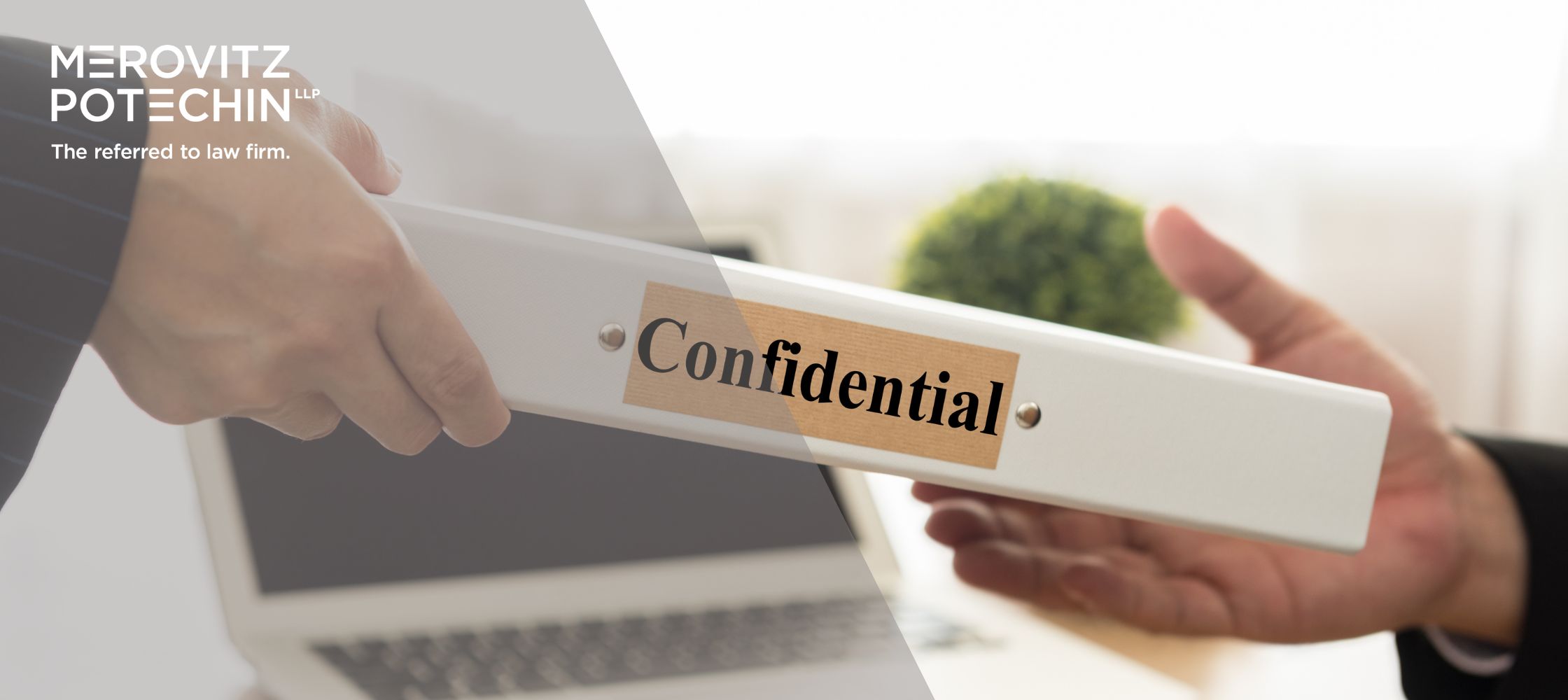Categories
Ontario’s High Water – Part 2: Legal Implications

In this continuation of our June 2020 blog on Ontario’s High Water, we will look at the legal implications of the inundation of water that parts of Ontario are expected to endure over the coming years.
For the last number of years, we have been seeing reoccurring flooding along the north shores of Lake Erie. There is a lawsuit by the State of New York against the International Joint Commission for mismanagement of the outflows of Lake Ontario causing flooding along the American shoreline. We are also seeing increased litigation against both private individuals and municipal corporations for mismanagement of stormwater infrastructure. The legal implications of Ontario’s high water run the spectrum from neighbour disputes to international litigation.
At the top of the litigation ladder, are the lawsuits, like the one launched by the State of New York, to attribute accountability for mismanagement of high water. These lawsuits are largely outside of the toolbox available to most people impacted by flooding. While they sometime force substantive changes in transboundary water management, they do little, if anything, to compensate landowners seeing regular flooding.
Another level of litigation are lawsuits against the Province. While this type of litigation may be practical for some litigants, it is more often seen in class actions or multiple plaintiff lawsuits or where a substantive public interest is at stake. However, this type of litigation is not typically a practical way to seek compensation for flooding to individual properties.
The most practical and accessible lawsuits seeking compensation for flooding are against municipal and regional governments along with private individuals or other landowners. There are a number of different causes of action that arise in these circumstances. Typically, flooding actions are framed in nuisance and negligence, which address a swath of conduct that could be liable for flooding damage. However, there are two key legal issues that arise with rising water levels and increase rainfall:
- Natural user exception to the law of nuisance, and
- Violations of riparian rights.
Both of these issues should be considered and addressed in any litigation alleging damage from flooding.
Natural User Exception
Flooding litigation often seeks to attribute liability based on nuisance. In other words, the actions of one have caused a substantial and unreasonable interference with another’s enjoyment of their property. However, flooding often represents a natural phenomenon and those circumstances give rise to a potential defence called the natural user exception. This allows landowners to avoid liability for damage caused in nuisance where something naturally occurring or emanating from their land.
So what is the recourse? Most caselaw upholding the natural user exception is relatively old. But recent cases have identified a work around. While there may not be liability in nuisance as a result of a natural occurring interference, there may be liability in negligence using, what the court has called, a modified duty of care.
Where the owner of a property is notified that a particular circumstance on their property is causing damage to another, that owner must take reasonable steps to prevent that damage.
Riparian Rights
Riparian rights attach to land that abuts a natural watercourse. Those rights include the right to have water leave your property in its natural state, unobstructed. Where there are natural obstructions or inadequate infrastructure causing upstream flooding on a watercourse, riparian rights require the downstream landowner to take action.
What is preferential about a claim in riparian rights is that they, like other property-based rights such as trespass, are actionable without proof of damage. In other words, even a risk of loss or injury is enough to have the courts require action to correct the infringement of riparian rights.
From all indications, we will be dealing with more and more water across eastern and southern Ontario over the coming years. Beaver dams, poorly maintained waterways, and undersized culverts and other infrastructure – these will all increase risks to landowners and increase the chances of flooding along Ontario waterways. Knowing your rights and obligations such as the natural user exception and riparian rights is essential for any landowner near a watercourse in order to protect your property and manage this growing risk.
If you have any questions about high water mismanagement on your property, contact our Disputes & Litigation team.
The content on this website is for information purposes only and is not legal advice, which cannot be given without knowing the facts of a specific situation. You should never disregard professional legal advice or delay in seeking legal advice because of something you have read on this website. The use of the website does not establish a solicitor and client relationship. If you would like to discuss your specific legal needs with us, please contact our office at 613-563-7544 and one of our lawyers will be happy to assist you.







